12 Most Emotionally Complex Characters in Film
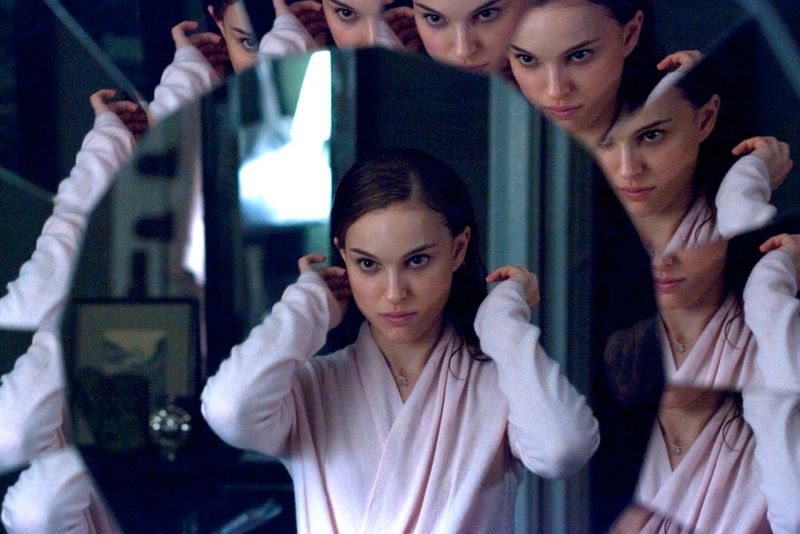
Movies give us unforgettable characters who feel incredibly real because they struggle with complicated emotions just like we do. Some characters deal with inner conflicts, moral dilemmas, and psychological battles that make them fascinating to watch. These deeply layered personalities stay with us long after the credits roll, reminding us that human nature is never simple. Here are twelve film characters whose emotional complexity changed cinema forever.
1. Travis Bickle – Taxi Driver (1976)
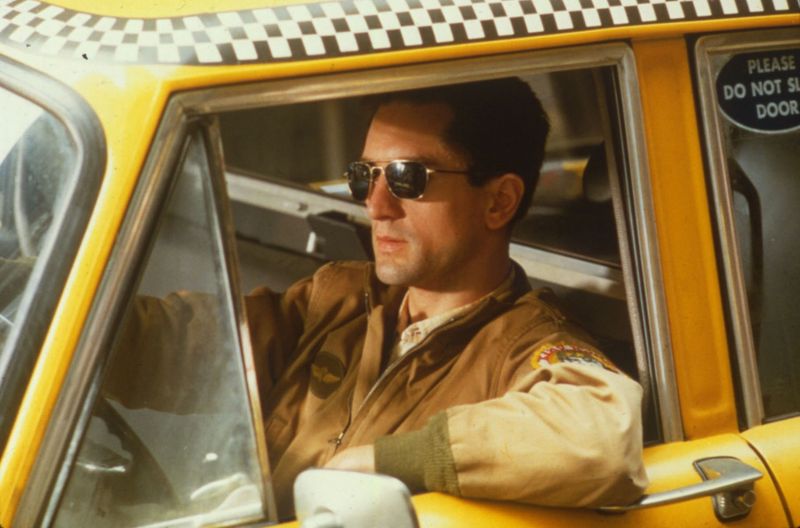
Loneliness can twist a person’s mind in terrifying ways, and Travis Bickle shows us exactly how isolation breeds darkness. Working night shifts in New York City, he watches society’s ugliest moments unfold through his cab windows. His inability to connect with others pushes him toward violence as a misguided form of heroism.
Travis struggles with insomnia and post-traumatic stress from his military service. He romanticizes a political campaign worker while simultaneously planning to become a vigilante. His descent into madness feels both shocking and tragically understandable.
Robert De Niro’s performance captures a man who desperately wants to matter but lacks the tools to process his rage healthily.
2. Nina Sayers – Black Swan (2010)
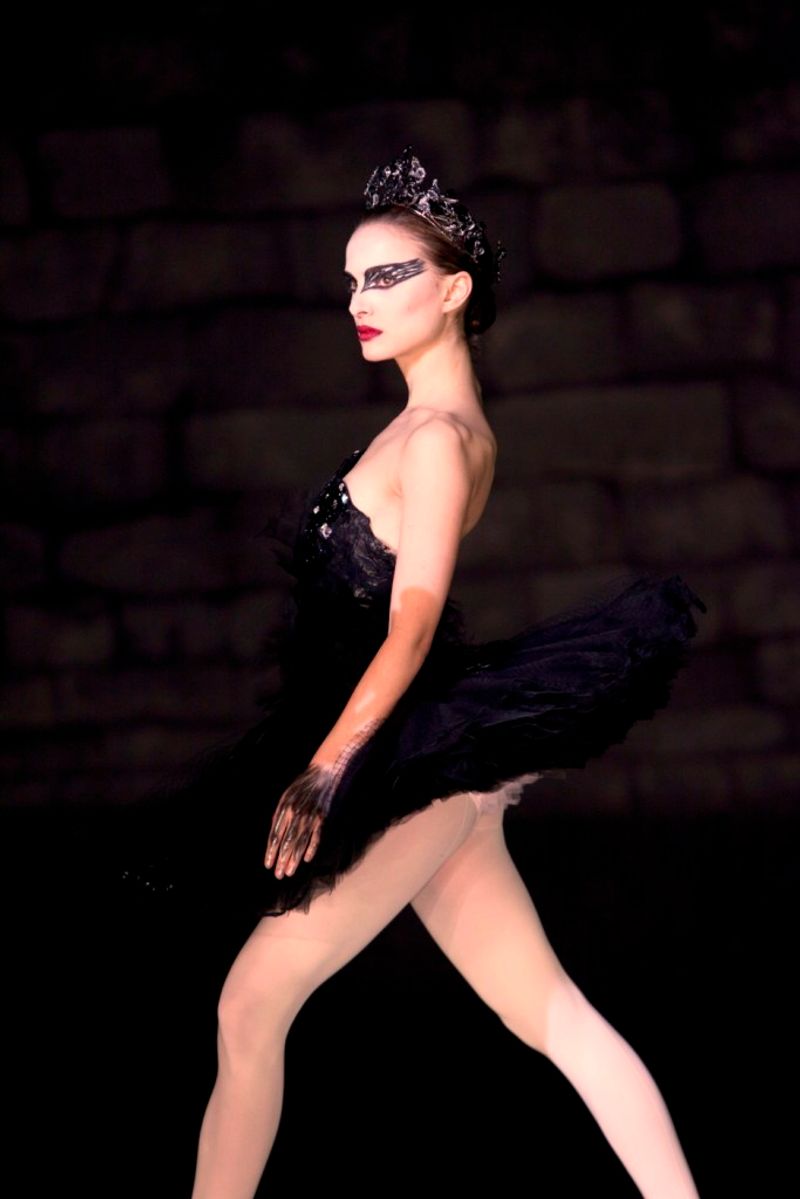
Nina doesn’t dance — she unravels. In chasing the perfect performance in Swan Lake, she loses herself to obsession. Raised in a world where flawlessness is the only option, and with a mother who controls every step, her fragility becomes fatal.
She experiences hallucinations and paranoia as the pressure intensifies. The role requires her to embody both innocence and seduction, qualities that clash with her sheltered upbringing. Her transformation throughout the film blurs the line between artistic breakthrough and mental breakdown.
Natalie Portman delivers a haunting performance showing how ambition can consume someone completely when self-worth depends entirely on external validation.
3. Daniel Plainview – There Will Be Blood (2007)
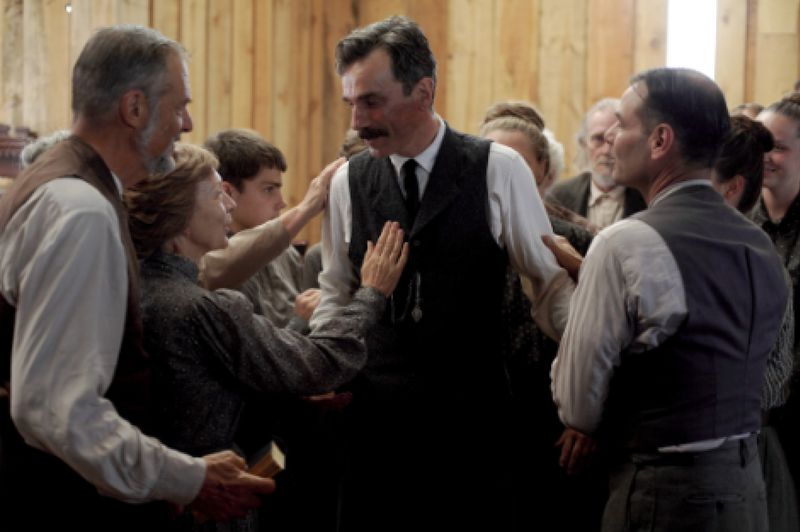
Greed transforms Daniel Plainview from a hardworking prospector into a monster who destroys everyone around him. His relentless pursuit of oil wealth comes at the cost of every meaningful relationship in his life. Success brings him money and power but leaves him spiritually bankrupt and utterly alone.
He adopts a son primarily as a business prop to appear trustworthy to landowners. Religion means nothing to him except as another tool for manipulation. His famous declaration about drinking someone’s milkshake reveals his zero-sum view of existence.
Daniel Day-Lewis created an unforgettable portrait of capitalism’s darkest impulses, showing how ambition without compassion creates emotional wastelands.
4. Tony Montana – Scarface (1983)
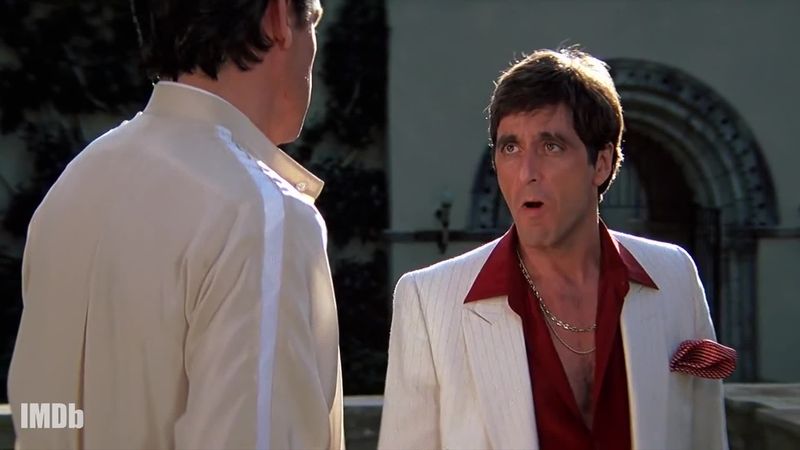
Arriving in America with nothing, Tony Montana claws his way to the top of Miami’s drug trade through sheer brutality and ambition. His famous line about wanting what’s coming to him perfectly captures his hunger for respect and power. Unfortunately, his explosive temper and paranoia make his empire impossible to sustain.
Tony’s relationship with his sister reveals his twisted sense of honor and possessiveness. He pushes away his wife through cocaine addiction and violence. Success amplifies his worst traits rather than satisfying his deep insecurities.
Al Pacino’s iconic performance shows how the American Dream can become a nightmare when pursued without moral boundaries or self-awareness.
5. Clementine Kruczynski – Eternal Sunshine of the Spotless Mind (2004)

Impulsive and free-spirited, Clementine changes her hair color as often as her moods, using external transformations to escape internal pain. She falls hard and fast but grows bored quickly, creating a pattern of intense relationships followed by dramatic exits. Her decision to erase her boyfriend from her memory seems reckless but reflects her desperate need to avoid emotional suffering.
Beneath her quirky exterior lies deep sadness and fear of abandonment. She accuses others of finding her exhausting while simultaneously craving acceptance for exactly who she is. Her complexity lies in being simultaneously magnetic and difficult.
Kate Winslet brings vulnerability to a character who protects herself through constant reinvention.
6. Arthur Fleck (Joker) – Joker (2019)

Mental illness and societal neglect combine to create one of cinema’s most tragic villains in Arthur Fleck. His condition causes uncontrollable laughter at inappropriate moments, making social connection nearly impossible. Working as a party clown while dreaming of becoming a stand-up comedian, he faces constant humiliation and violence.
When Gotham’s social services cut his access to medication and therapy, his fragile stability collapses completely. He discovers disturbing truths about his mother and his own past. His transformation into Joker feels less like embracing evil and more like surrendering to chaos after society repeatedly failed him.
Joaquin Phoenix’s haunting performance earned an Oscar for portraying someone desperately seeking recognition.
7. Lester Burnham – American Beauty (1999)
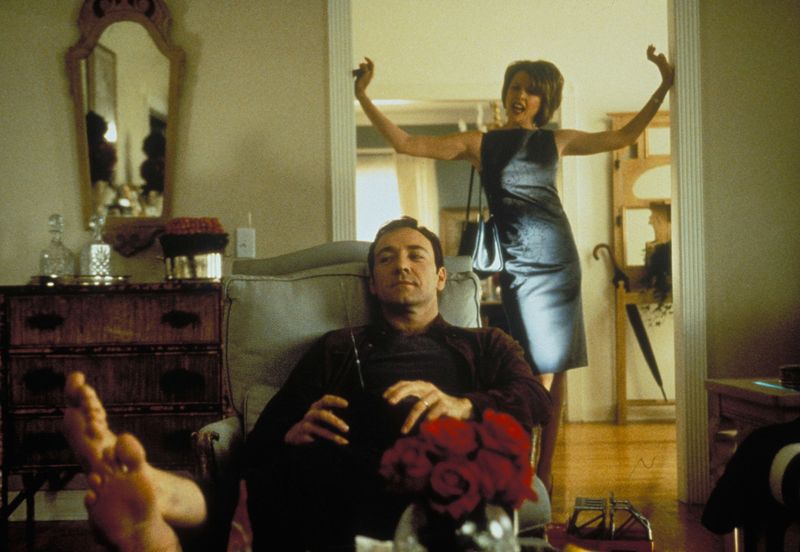
Years of playing nice finally catch up to Lester. He’s been dying in slow motion — white picket fences, microwave dinners, forced smiles. But something snaps. He quits the polite charade and starts living out loud, even if it’s messy, selfish, and reckless. This isn’t a breakdown — it’s the ugly birth of someone who refuses to die quietly.
He quits his corporate job, starts working out obsessively, and develops an inappropriate infatuation with his daughter’s friend. His rebellion against responsibility feels both liberating and deeply troubling to watch. The film explores whether authenticity justifies selfishness.
Kevin Spacey’s performance captures a man rediscovering passion while making catastrophically poor choices, ultimately finding peace only at the moment of death.
8. Tyler Durden / The Narrator – Fight Club (1999)
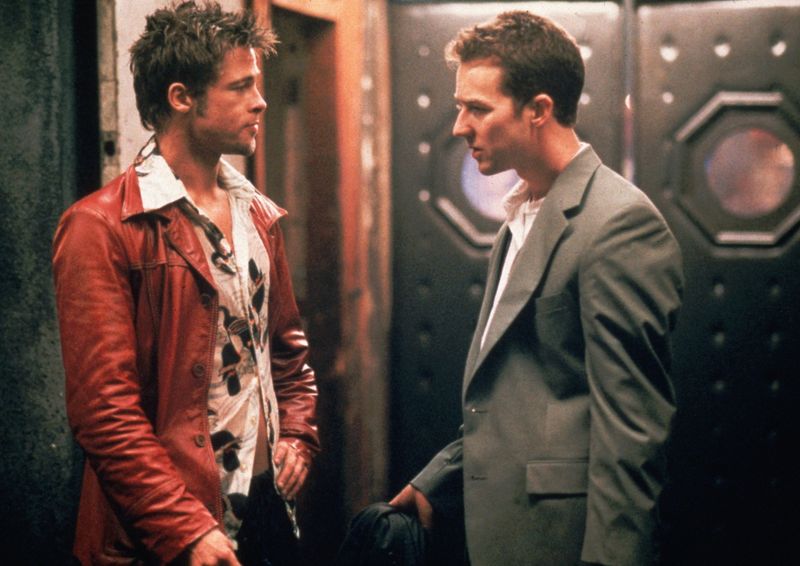
Consumer culture creates such emptiness that the Narrator literally invents an alter ego to feel alive again. His insomnia and IKEA catalog lifestyle represent modern alienation at its most extreme. Tyler Durden emerges as everything he wishes he could be: confident, charismatic, and completely free from social constraints.
Together they create Fight Club, where men reconnect with primal masculinity through violence. The movement escalates into anarchist terrorism as Tyler’s philosophy grows more extreme. The twist revealing their shared identity forces viewers to question everything they’ve witnessed.
Edward Norton and Brad Pitt embody different aspects of masculine crisis, showing how self-hatred can manifest as destructive rebellion against society itself.
9. Amy Dunne – Gone Girl (2014)
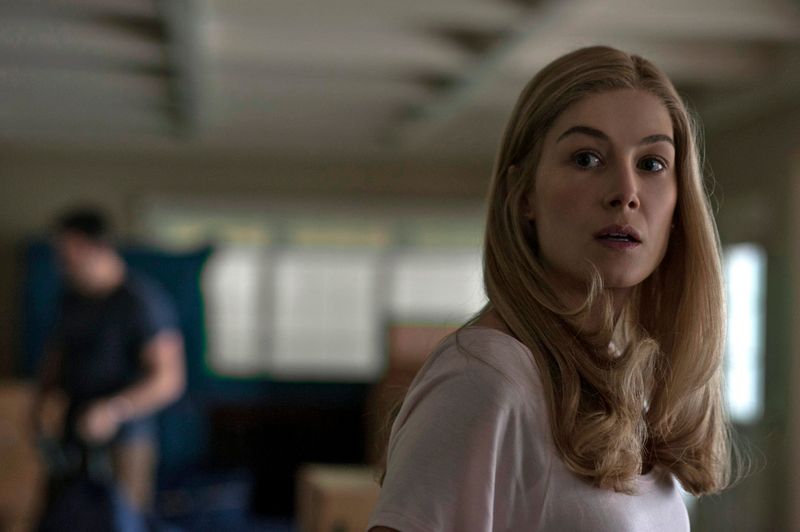
Behind Amy Dunne’s perfect exterior lurks a calculating mind that weaponizes victimhood with terrifying precision. Raised by parents who created a fictionalized version of her in their children’s books, she learned early that image matters more than truth. When her marriage disappoints her, she doesn’t just leave—she orchestrates an elaborate revenge plot.
Her fake diary entries frame her husband for murder while she watches the media frenzy unfold. She manipulates everyone around her with frightening ease. The scariest part isn’t her violence but her absolute conviction that she deserves to control her narrative.
Rosamund Pike’s chilling performance reveals how intelligence without empathy creates monsters who look like magazine cover models.
10. Michael Corleone – The Godfather Trilogy (1972–1990)
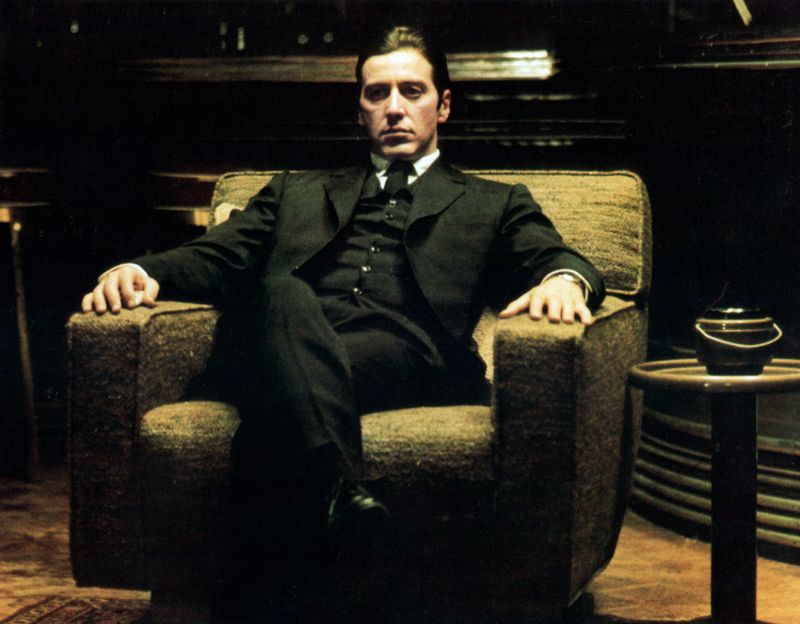
War hero Michael Corleone returns home promising he’s different from his mobster family, yet circumstances pull him into the very darkness he rejected. His transformation from reluctant outsider to ruthless Don unfolds with tragic inevitability. Each violent decision he makes to protect his family paradoxically destroys the relationships that matter most.
He becomes increasingly isolated as power corrupts his soul. His first wife dies in an explosion meant for him; his second wife grows to fear him. By the trilogy’s end, he sits alone with his regrets, having sacrificed everything meaningful for an empire built on blood.
Al Pacino’s performance across three films charts one of cinema’s most devastating character arcs.
11. Andrew Neiman – Whiplash (2014)
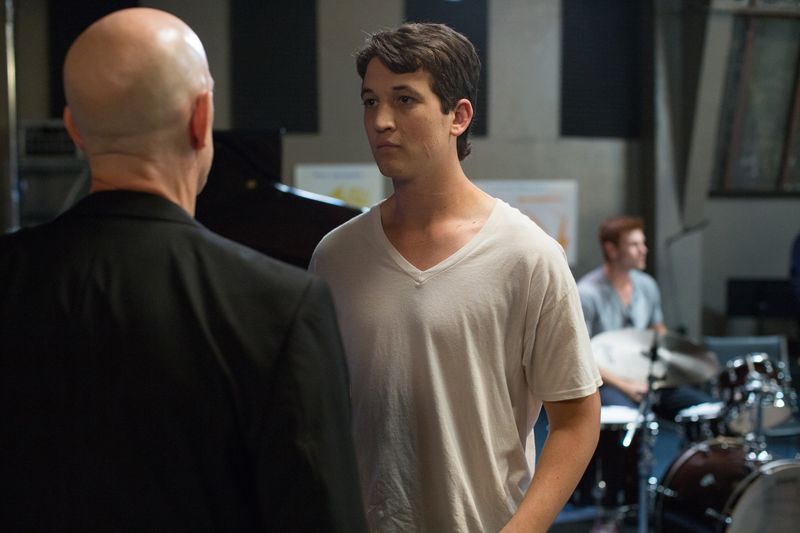
What Whiplash reveals isn’t just obsession — it’s self-destruction dressed as discipline. Andrew gives everything to his dream, convinced that suffering is the cost of greatness. Fletcher doesn’t just exploit this belief — he feeds it. And we’re left wondering: where’s the line between passion and madness?
Andrew practices until his hands bleed, then continues drumming through the pain. He breaks up with his girlfriend because she might distract him from his goals. His single-minded focus borders on self-destruction.
The final performance scene leaves audiences debating whether he achieved transcendence or simply became another victim of toxic perfectionism. Miles Teller captures the dangerous line between dedication and obsession with raw intensity.
12. Theodore Twombly – Her (2013)

Emotionally stalled by unresolved grief, Theodore Twombly retreats into artificial intimacy. His profession — ghostwriting romantic letters — highlights the irony of his disconnection. Yet in Samantha, an AI designed to learn and feel, he finds a relationship more honest than those in his waking life. Her explores the paradox of emotional authenticity in a digital age.
Samantha the AI understands him better than any human has in years. Their relationship raises profound questions about consciousness, intimacy, and what makes love real. When she eventually outgrows him, he faces another devastating loss.
Joaquin Phoenix delivers a tender performance showing how technology reflects our deepest loneliness back at us in unexpected ways.

Comments
Loading…